Beyond Identity Funding: Rethinking Social Justice Philanthropy
NonProfit Quarterly
MAY 30, 2023
Image Credit: Conor O’Nolan on unsplash.com Together, we have worked in philanthropy for more than 35 years. Throughout its history, social justice philanthropy has generally remained organized around siloed identities, such as gender, race, and sexual orientation.

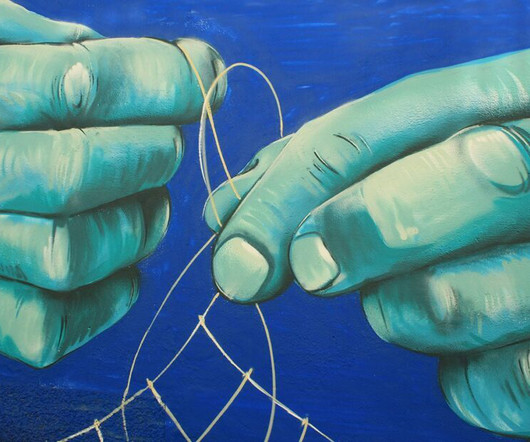


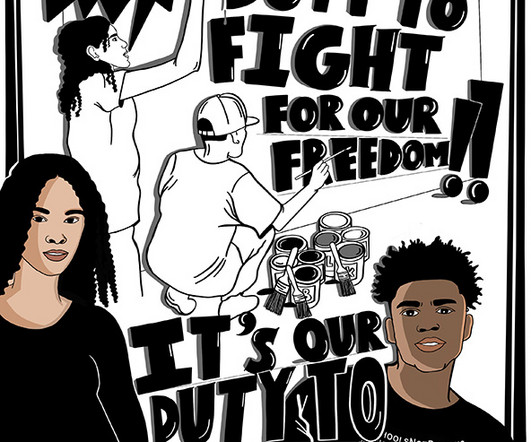

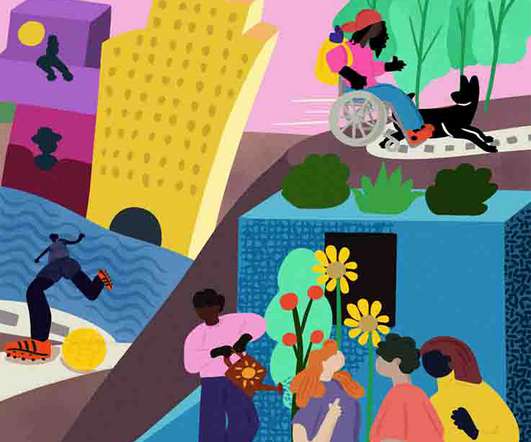


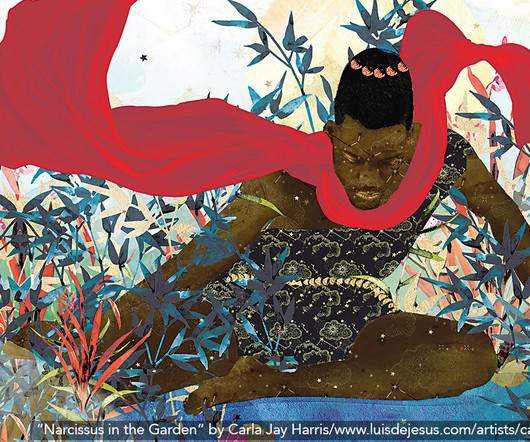
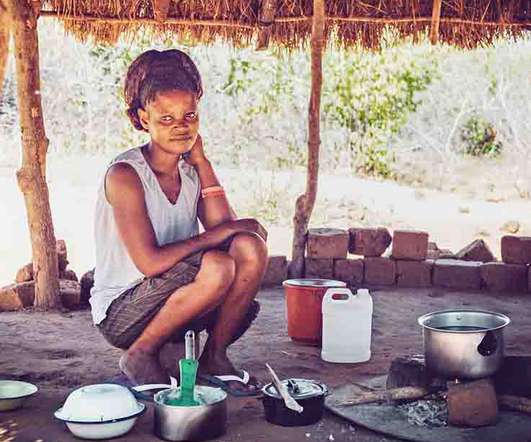

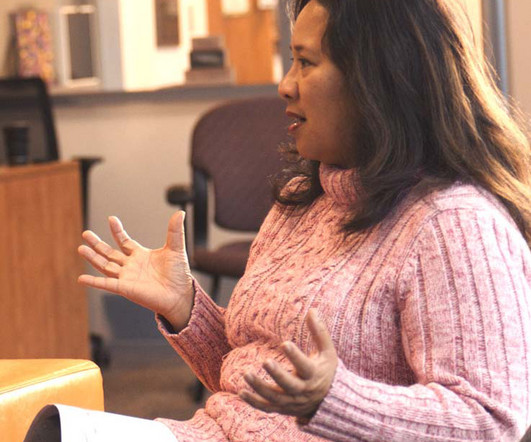
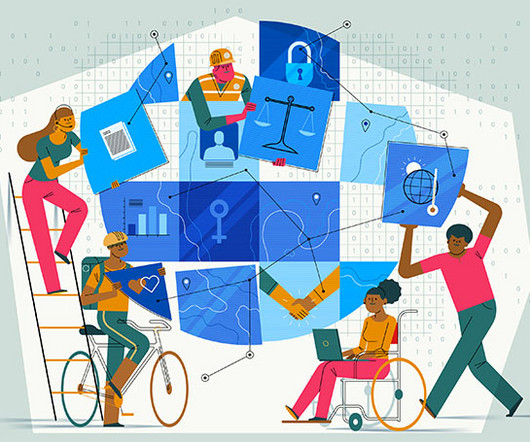






Let's personalize your content